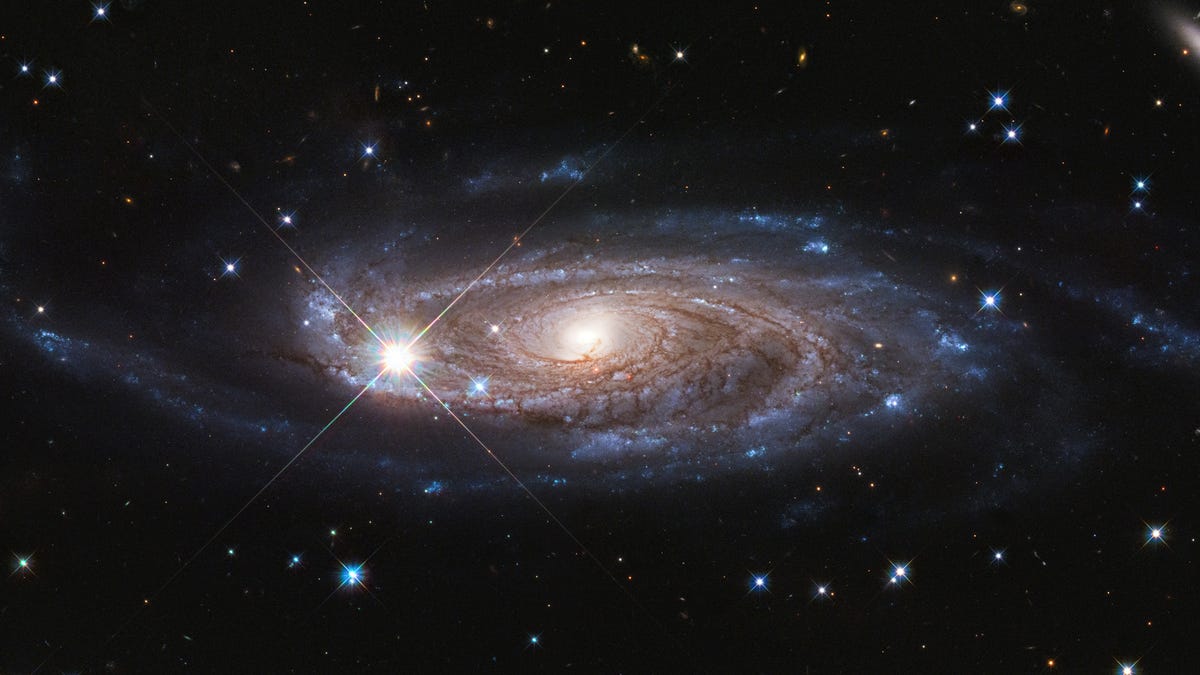Gigantic 'Godzilla galaxy' spotted by NASA's Hubble telescope
UGC 2885 is a monster.

*whispering* Gojira
Meet the king of galaxies: UGC 2885. It's positively monstrous. It's a giant with a sleepy supermassive black hole at its center, and it's so big it's probably the biggest galaxy in the local universe. At 463,000 light-years across, it's about two and a half times wider than our home galaxy, the Milky Way, and contains about 10 times as many stars.
The gigantic system might earn UGC 2885 the nickname "Godzilla galaxy," according to NASA, and researchers at the University of Kentucky are trying to work out just how the galaxy grew to such mammoth proportions.
"How it got so big is something we don't quite know yet," said Benne Holwerda, an astronomer investigating the sleeping giant. "It's as big as you can make a disk galaxy without hitting anything else in space."
UGC 2885 has been known to astronomers for a number of years, and its rotation was measured by astronomer Vera Rubin in the 1980s. For that reason, and because of personal interactions with Rubin, Holwerda has nicknamed the galaxy in her honor, rather than giving it the fearsome Godzilla tag.
Vera Rubin was a wonderful person, respected and admired by many in the astronomical community. She was unfailingly encouraging of young scientists. This has been a recurring theme of stories about her that I have heard. But also something I have experienced myself. (15/N)
— BenneHolwerda (@BenneHolwerda) January 5, 2020
Holwerda presented results of his team's work on Sunday at the 235th meeting of the American Astronomical Society in Honolulu, Hawaii. Just like Godzilla sleeping at the bottom of the ocean, the Rubin galaxy is isolated out there in space, and how it cleared out the neighborhood is still a mystery.
Some big galaxies are believed to swallow up smaller galaxies over time -- the Milky Way is one such example -- so could this be how the Rubin galaxy got so big?
According to Holwerda, it doesn't seem like Rubin has had a huge merger event, and now he and his team are working to answer that question by analyzing the huge spherical clusters of stars within the galaxy, hoping it can provide some evidence to the system's beastly size. That work is now under way based on images captured by NASA's Hubble space telescope.
May the king of galaxies long reign supreme.

